
Fashion linked to culture, community and environment
The first time coming to the Nung U village, designer Vu Thao - founder of the brand Kilomet 109 - was attracted by the image of women sitting on the porch embroidering. An old woman invited her to see the traditional costumes including belts, bags, silver jewelry. Through conversation, Vu Thao realized that there are very few artisans left who can make those costumes, and they only appear on special occasions such as festivals, weddings or traditional ceremonies...
The most profound impression on her was the indigo-dyed fabric of the Nung U people - soft, smooth and naturally reflective. When she returned, she realized that the production process had been lost, although the cultural identity remained. From there, Kilomet 109 began its journey of recovery from scratch: Recreating tools, relearning dyeing and weaving techniques, and replanting indigo plants. The whole community worked together, from dyeing indigo, rolling stones to drying the fabric, to create the characteristic reddish-black color, which required up to 60 dyeing sessions in three months.
Not stopping at restoration, Kilomet 109 also improves the materials to suit modern life. “Preservation is not only about preserving, but also about innovating,” Vu Thao shared at the Future of Fashion - Dialogue on Sustainable Development seminar. Her team has experimented with stone rolling techniques, combining traditional manual methods to create new product lines that are both contemporary and preserve the spirit of indigenous culture.
In addition, the brand Dòng Dòng also stands out with its own direction: Recycling materials. They create handbags and accessories from old plastic tarps, bringing new value to things that seem to be discarded. This is a testament to the spirit of creativity and responsibility - the direction that many Vietnamese brands are pursuing in the global green fashion wave.
Along with that, traditional handicraft materials such as silk, My A silk, lotus silk, banana silk... are being strongly revived thanks to their high aesthetic value, biodegradability and indigenous value. The combination of tradition - recycling - modern technology not only helps reduce waste but also opens up a new creative space, where fashion becomes a bridge between people, culture and nature.
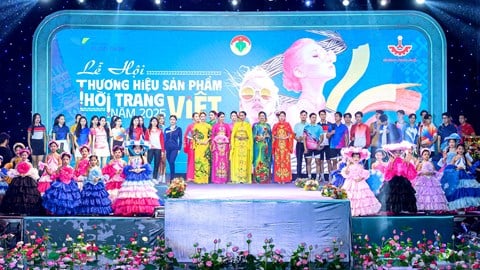
Honoring Vietnamese culture and fashion products
Affirming position on the green fashion map
According to statistics, it is expected that by 2024, the amount of clothing discarded globally will reach 120 million tons, of which less than 1% will be recycled into new products. Most of the textile waste is burned or buried, causing environmental pollution, emitting greenhouse gases and microplastics... Faced with this situation, many major brands have pioneered the application of green production models: Using organic fabrics, recycling materials, minimizing water and energy, and committing to supply chain transparency. New technologies such as producing fabrics from mushrooms, recycling plastic into fabric fibers, or using AI to optimize supply chains are being widely applied.
At international fashion shows such as Copenhagen Fashion Week or Paris Fashion Week, designers must adhere to strict sustainability standards. Ms. Evelina Danielsson Valladares, Senior Manager of Sustainability at Copenhagen Fashion Week, shared that participating brands must meet minimum standards on smart materials, prioritizing recycled materials, stock fabrics, minimizing environmental pollution, optimizing designs to extend product life and save resources, while ensuring workers' rights throughout the supply chain.
Global consumers, especially Gen Z and Millennials, are increasingly concerned about the origins of their products, their labor conditions, and their environmental impact. They are willing to pay more for socially and environmentally responsible products, which is driving designers to be more creative in creating products that are both unique and responsible, said Alexandra Mornet, Director of Craft and Supply Chain Sustainability at Pandora.
In Vietnam, sustainable fashion is not simply about approaching international standards on green production, but also a journey of comprehensive transformation, combining traditional cultural identity and innovation. This is a process that requires perseverance, dedication and the support of the whole community - from designers, artisans, businesses to consumers.
Ms. Nguyen Lien Chi - Content Director of ELLE Vietnam Magazine shared: "Sustainable fashion cannot develop without connection and sharing within the community". When knowledge, experience and initiatives are spread, this movement will become a strong social trend with far-reaching influence.
Vietnam possesses rich cultural resources with hundreds of traditional craft villages and unique indigenous textile techniques. These values are not only highly aesthetic but also environmentally friendly - a great advantage in the global green fashion trend. The young generation of designers in Vietnam is increasingly showing sensitivity to environmental and social issues, constantly experimenting with new materials, recycling old materials, integrating technology into the production process to optimize efficiency and minimize emissions.
Sustainable fashion is not a passing trend, but the future of the creative industry. In the context of the global shift to a circular economic model, Vietnam, with its cultural potential, young human resources and innovative spirit, can absolutely become a bright spot on the world green fashion map. However, the important thing is to have systematic investment, appropriate support policies and a cohesive creative community to overcome challenges together, turning potential into reality.
Source: https://baovanhoa.vn/giai-tri/huong-di-tu-ban-sac-va-sang-tao-178768.html


![[Photo] Panorama of the Patriotic Emulation Congress of Nhan Dan Newspaper for the period 2025-2030](https://vphoto.vietnam.vn/thumb/1200x675/vietnam/resource/IMAGE/2025/11/04/1762252775462_ndo_br_dhthiduayeuncbaond-6125-jpg.webp)

![[Photo] Ho Chi Minh City Youth Take Action for a Cleaner Environment](https://vphoto.vietnam.vn/thumb/1200x675/vietnam/resource/IMAGE/2025/11/04/1762233574890_550816358-1108586934787014-6430522970717297480-n-1-jpg.webp)

![[Photo] The road connecting Dong Nai with Ho Chi Minh City is still unfinished after 5 years of construction.](https://vphoto.vietnam.vn/thumb/1200x675/vietnam/resource/IMAGE/2025/11/04/1762241675985_ndo_br_dji-20251104104418-0635-d-resize-1295-jpg.webp)
![[Photo] Ca Mau "struggling" to cope with the highest tide of the year, forecast to exceed alert level 3](https://vphoto.vietnam.vn/thumb/1200x675/vietnam/resource/IMAGE/2025/11/04/1762235371445_ndo_br_trieu-cuong-2-6486-jpg.webp)



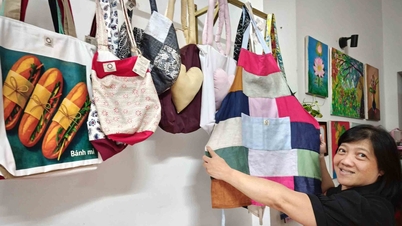












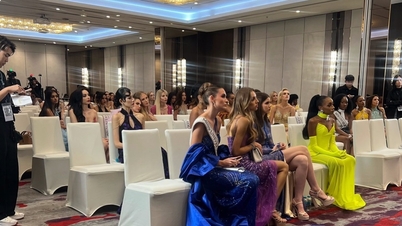








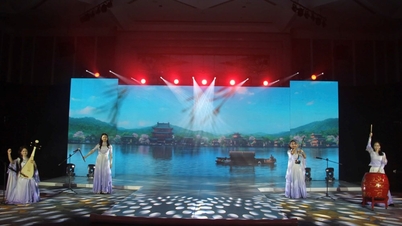

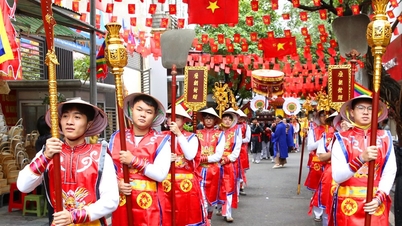



















































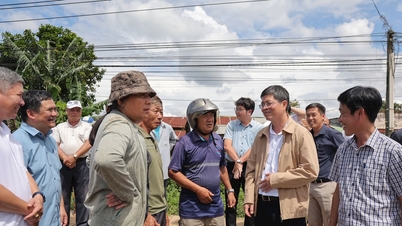
















Comment (0)